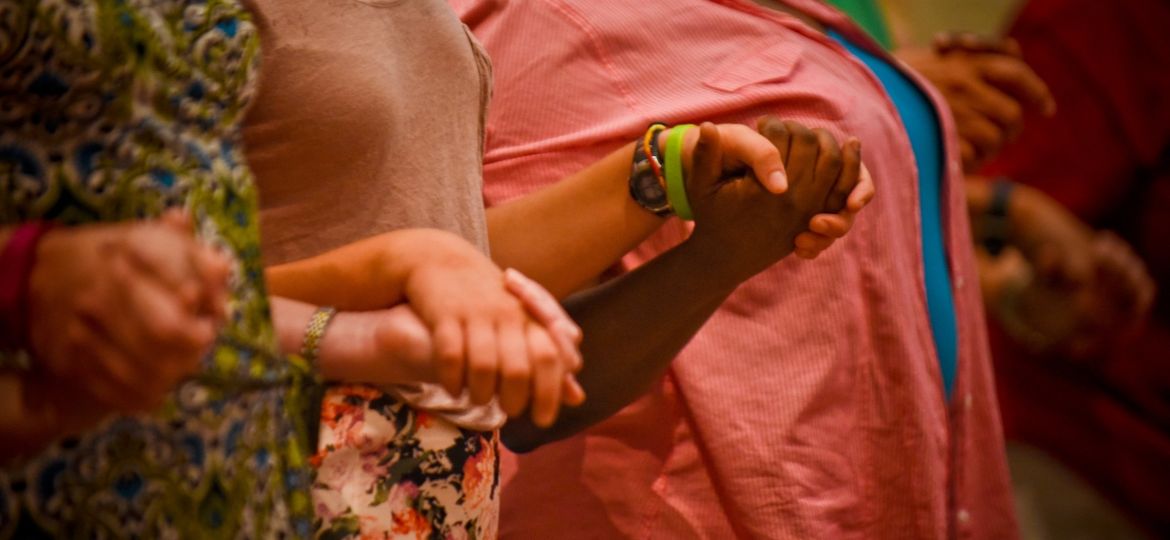This petition is the most scandalous of them all. The verb tenses reveal the heart of the matter.
I recently read a book about discernment and the spiritual life that I’d recommend to just about anyone but especially to the young: Stacey Sumereau, “Adventure Awaits: How to Interpret Your Desires and Hear God’s Voice” (Ave Maria Press, 2025). It is short and divided into bite-sized sections filled with stories, explanations, and spiritual exercises. It is written in a friendly style and rooted in Catholic faith.
In Mark 4:35, just before the calming of the storm at sea, Jesus said to his disciples, “Let us cross to the other side.” They boarded a boat, and it was during this crossing that a violent storm arose, with heavy waves threatening to overwhelm them. It was there, in the midst of the storm, that Jesus calmed the sea.
My ideal translation of this phrase would be “Give us our ‘supersubstantial’ bread today.” That would sound gloriously awkward at Mass, and ‘supersubstantial’ would be a liturgical tongue twister for children trying to say the word quickly five times in a row. That translation, though, grants immediate access to the mystery at work in the first petition of the Our Father prayer.
There is a quiet strength in surrender — one that doesn’t always feel heroic, yet often marks the beginning of our most transformative spiritual journeys.
This natural disaster has left behind a trail of heartbreak and loss, and while the full extent of the damage is still unfolding, we know that many lives have been forever changed.
Today, AI is everywhere. It has become a part of our daily interactions, our learning systems, our communications, and even our worship spaces.
Gambling is growing in our country — and quickly. My impression is that we have work to do to be informed about what is happening and to let ourselves be formed by what the Church teaches, lest so much happen without the constructive engagement of Catholics and of anyone else concerned about social justice.
Oh, how I love Peter! Not because he was perfect or always got things right, but because he was human — flawed, impulsive, emotional, and yet so deeply faithful.
Just one week before heading back to Dallas for my presbyteral ordination, God granted me the opportunity to witness the election of our first U.S. born pope, Leo XIV.










